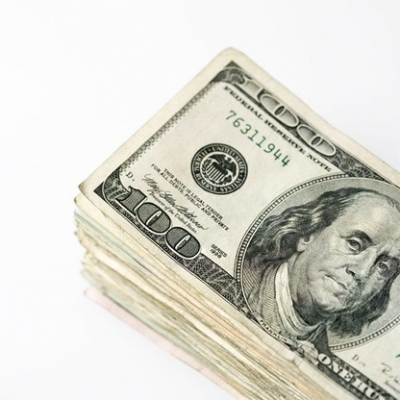How to Calculate Rate of Return on Investment

No investor will risk his/her money without knowing about the rate of return that they get on their money. In order to attract an investor, the rate of return plays a detrimental role as the investor analysis a particular project on the basis of risk involved, the amount of investment needed, return on the investment and the credibility of the project. Of course, there are other points to consider but the prime concern of an investor is to earn a healthy return on his/her investment.
Instructions
-
1
It is reasonable importance that an investor should never underrate the importance of rate of return on his money. Keeping in mind that without a good rate of return the investment project is of no use to investor and there is really no reason to invest in a particular project. The rate of return is the amount that an investor requires as a profit on his investment in a particular project.
-
2
It is of key importance that an investor should learn how to properly calculate the rate of return. If an investor does not know how to calculate the rate of return properly, he is more likely to miss a suitable investment project or invest in a potentially risky project on the bases of his miscalculation. Therefore, an investor should learn to estimate the rate of return.
-
3
For this, an investor should have a sound knowledge of terms including the principal amount or investment and the percentage of return. For instance, if you are going to invest $20,000 for a 6 percent return rate which will be compounded on a quarterly basis for 2 years.
-
4
You must switch your rate of return into a decimal point. For this, you can divide the actual figure by 100. In case of 6 percent the figure will be 0.06.
-
5
You must be certain about the number of compounding that needs to be performed in a year. As the example clearly states ‘quarterly’, the compounding will be done 4 times. For example, 0.06/4 = 0.015.
-
6
After you have done this calculation, you must add 1 to the obtained result. For example, 1+ 0.015 = 1.015.
-
7
Now, you must multiply the number of compounding per year with the term of the project. For example, 4*2 = 8. Now take it as the exponential power of the value obtained in the above step and it will be: 1.015^8 = 1.126492586.
-
8
You must multiply this value with the total amount of investment: 20,000*1.126492586 = 22529.85

